The Data Economy: It’s All About Insights - smrtr
03 Nov

‘Data’ and ‘insight’ are two terms that are sometimes – mistakenly – used interchangeably.
Let’s be clear, data refers to the raw numbers. Insight can only be gained once these numbers are analysed.
Insights therefore serve as the link between data and successful business outcomes.
The World Economic Forum recently estimated the entire digital universe to be made up of 44 zettabytes (2 to the 70th power bytes) of data.
With such an abundance of data available, what we now need are more insights.
The Economist Intelligence Unit found that 75 percent of executives in large companies believe they are not getting value from half of the data they own.
This points to a clear lack of insight.
“Good business decisions often depend on insights that emerge from good data analysis,” said Deloitte in a report.
“Yet different companies clearly find different levels of value from different data sources.”
Tech giants like Alphabet, Amazon, Apple, Facebook and Microsoft – some of the biggest companies in the world – serve as an example of how insights are driving the data economy.
Through pure volume of data, combined with powerful algorithms, these companies have been able to lead the development of the data economy.
“Companies can build winner-take-all positions by collecting and analysing customer data,” said the Harvard Business Review in the January-February 2020 issue.
“The more customers a firm has, the more data it can gather and mine; the resulting insights allow it to offer a better product that attracts even more customers, from which it can collect still more data.”
As an example, a recently published paper shows how New York’s Metropolitan Transportation Authority (MTA) customer complaints data can show the factors leading to low levels of customer satisfaction.
The research found a correlation between the railroad service and complaints about rude and inappropriate language. By uncovering the issues behind the complaints, the MTA is in a position to improve the quality of its service based on data-driven insights.
Stripping away the fat
Speaking last year as part of Advertising Week Europe, Google SVP for Ads & Commerce Prabhakar Raghavan said the following: “We always want to do more for users, we want to do it with less data, we want users to be informed and in control.”
To achieve this, Google has been deploying machine learning to match ads with the most relevant context by providing insights around the audience visiting a certain web page.
At smrtr, we have a process of ‘sifting’ through large amounts to remove excess data and find the data that can offer value.
Although we collect large volumes of data (as we believe a larger base size leads to higher confidence), it is all about ‘stripping away the fat’ and finding the right type of data for our customers.
Furthermore, data has to be relevant to the intended use case and not generically applied.
For example, a segmentation of the motor vehicle market should leverage different data sets to a segmentation of the banking market, even though the same population is buying cars and using banks.
This is where industry specific transactions and behaviour become particularly important.
smrtr can assist with highlighting these specifications and extracting the value from data, with our range of advisory services to connect millions of data points.
It is through our segmentation and analysis that we are able to deliver value for customers through shaping data into meaningful groups.
By Boris Guennewig, Co Founder & CTO at smrtr




